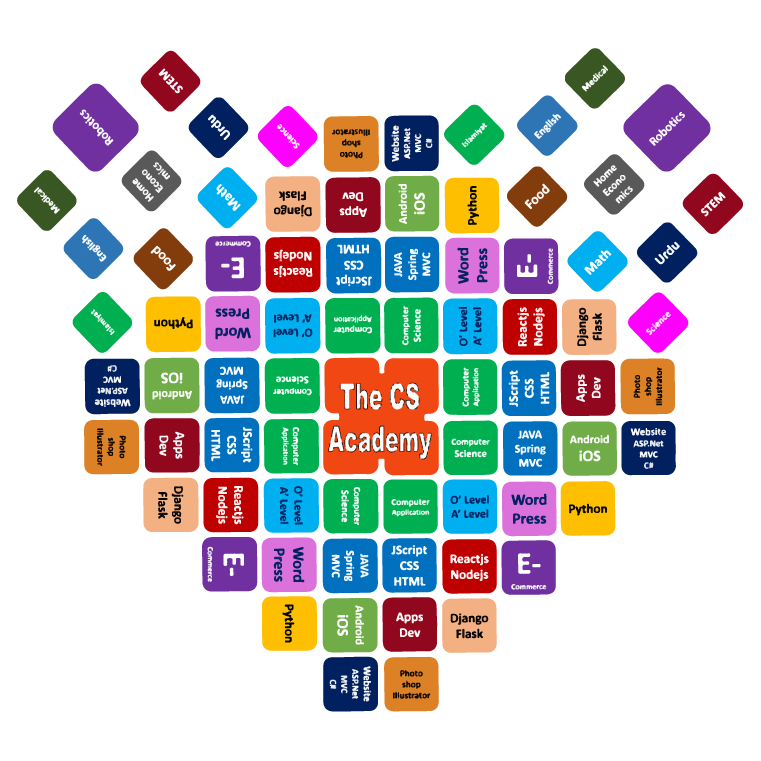Artificial Intelligence | Comprehensive Concrete Guide
Published on Monday, May 27th, 2024 05:00:20 AM
Comprehensive Guide to Artificial Intelligence (AI)
Artificial Intelligence (AI) refers to the simulation of human intelligence in machines designed to think and act like humans. This guide provides a detailed overview of AI, including its pros and cons, methods of development and implementation, and key language libraries.
What is Artificial Intelligence?
AI involves creating systems capable of performing tasks that typically require human intelligence, such as understanding natural language, recognizing patterns, solving problems, and making decisions.
Pros and Cons of AI
Pros
- Efficiency and Automation
- Improved Productivity: AI can perform repetitive tasks faster and more accurately than humans, leading to increased productivity.
- Cost Savings: Automating routine processes reduces labor costs and minimizes errors.
- Data Analysis: AI can analyze large datasets quickly, providing insights that help make informed decisions.
- Predictive Analytics: AI models can predict trends and outcomes, aiding in strategic planning.
- Customized Experiences: AI can tailor products, services, and content to individual preferences, enhancing customer satisfaction.
- Continuous Operation: AI systems can operate around the clock without fatigue, offering constant service and support.
Cons
- Automation: AI can replace jobs, particularly in repetitive or low-skilled roles, leading to unemployment concerns.
- Algorithmic Bias: AI systems can inherit and amplify biases present in training data, leading to unfair or discriminatory outcomes.
- Data Usage: AI systems often require large amounts of data, raising concerns about data privacy and security.
- Development and Maintenance: Building and maintaining AI systems can be complex and expensive, requiring specialized skills and resources.
Methods of AI Development and Implementation
1. Machine Learning (ML)
Definition
ML is a subset of AI that involves training algorithms to learn from and make predictions based on data.
Techniques
- Supervised Learning: Training models on labeled data (e.g., classification, regression).
- Unsupervised Learning: Identifying patterns in unlabeled data (e.g., clustering, dimensionality reduction).
- Reinforcement Learning: Training models to make a sequence of decisions by rewarding desired behaviors.
Applications
- Image Recognition: Identifying objects in images.
- Natural Language Processing (NLP): Understanding and generating human language.
- Predictive Analytics: Forecasting trends and behaviors.
2. Deep Learning
Definition
Deep learning is a subset of ML that uses neural networks with many layers (deep neural networks) to model complex patterns in data.
Techniques
- Convolutional Neural Networks (CNNs): Primarily used for image and video recognition.
- Recurrent Neural Networks (RNNs): Suitable for sequential data, such as time series and natural language.
Applications
- Autonomous Vehicles: Perceiving and interpreting the environment.
- Speech Recognition: Converting spoken language into text.
3. Natural Language Processing (NLP)
Definition
NLP involves the interaction between computers and human language, enabling machines to understand, interpret, and generate human language.
Techniques
- Tokenization: Breaking down text into smaller units.
- Named Entity Recognition (NER): Identifying entities like names and dates in text.
- Sentiment Analysis: Determining the sentiment behind a piece of text.
Applications
- Chatbots: Automated customer service and support.
- Text Summarization: Condensing large documents into shorter summaries.
4. Robotics
Definition
Robotics involves designing and programming robots to perform tasks autonomously or semi-autonomously.
Techniques
- Robot Perception: Using sensors to understand the environment.
- Motion Planning: Determining optimal paths and movements.
Applications
- Manufacturing: Automation of production lines.
- Healthcare: Surgical robots and assistive devices.
Language Libraries and Tools
1. Python Libraries
- TensorFlow: An open-source platform developed by Google for building and training ML models.
- Pros: Highly flexible, extensive community support, suitable for large-scale applications.
- Cons: Steeper learning curve compared to some other libraries.
- PyTorch: An open-source ML library developed by Facebook, known for its ease of use and dynamic computation graph.
- Pros: User-friendly, strong support for dynamic neural networks, widely used in research.
- Cons: Less mature ecosystem compared to TensorFlow.
- scikit-learn: A library for classical ML algorithms, providing simple and efficient tools for data mining and analysis.
- Pros: Easy to use, comprehensive documentation, integrates well with other Python libraries.
- Cons: Limited support for deep learning.
- Keras: A high-level neural networks API, running on top of TensorFlow or Theano.
- Pros: User-friendly, quick prototyping, integrates with TensorFlow.
- Cons: Less flexibility compared to lower-level libraries.
2. R Libraries
- caret: A package that streamlines the process of creating predictive models.
- Pros: Unified interface to a variety of ML algorithms, robust preprocessing features.
- Cons: Can be slow with large datasets.
- nnet: Provides functions for feed-forward neural networks.
- Pros: Simple to use, good for small to medium-sized problems.
- Cons: Limited scalability and advanced features.
3. Java Libraries
- Weka: A collection of ML algorithms for data mining tasks.
- Pros: Easy to use GUI, comprehensive set of tools.
- Cons: Performance limitations with very large datasets.
- Deeplearning4j: A deep learning library for Java and Scala.
- Pros: Integrates with Hadoop and Spark, good for enterprise applications.
- Cons: Steeper learning curve.
4. C++ Libraries
- dlib: A toolkit containing ML algorithms and tools for creating complex software.
- Pros: High performance, supports a wide range of algorithms.
- Cons: Requires more effort to implement compared to higher-level languages.
5. JavaScript Libraries
- TensorFlow.js: A library for developing and training ML models directly in the browser.
- Pros: No need for server-side processing, easy integration with web applications.
- Cons: Limited performance compared to server-side implementations.
- Brain.js: A neural network library written in JavaScript.
- Pros: Simple API, good for beginners.
- Cons: Limited functionality compared to more mature libraries.
Conclusion
Artificial Intelligence is transforming various industries through its ability to mimic human intelligence and automate complex tasks. While it offers numerous advantages such as increased efficiency, improved decision-making, and personalized experiences, it also presents challenges like job displacement, bias, and privacy concerns. By understanding the different methods of AI development and implementation, along with the available tools and libraries, businesses and individuals can better harness the power of AI to drive innovation and growth.

